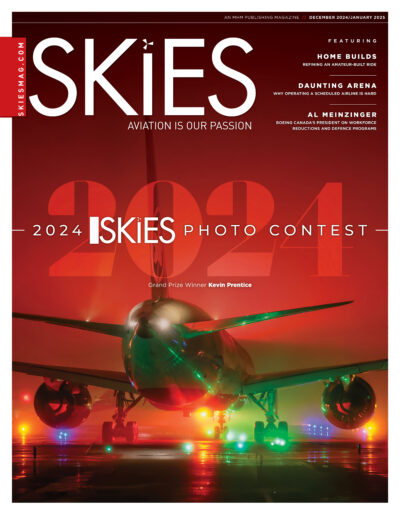The Transportation Safety Board of Canada (TSB) is once again recommending to Transport Canada (TC) that all commercially operated DHC-2 aircraft in Canada install stall warning systems.
The recommendation is part of a TSB report officially released on July 22, 2024, into the crash of an Air Nootka De Havilland DHC-2 Mk. I aircraft near Gold River on Vancouver Island, B.C., on July 28, 2023.
TSB said it has investigated 17 occurrences involving a DHC-2 stalling and crashing since 1998, resulting in at least 38 fatalities.
In August 2017, following the investigation of a DHC-2 Mk. I that stalled during a low-altitude turn, the Board called on the Department of Transport to require all “commercially operated DHC-2 aircraft in Canada to be equipped with a stall warning system.”
Transport Canada rejected the recommendation in 2019, after completing a study on the risks associated with stall-related accidents in DHC-2 planes. It noted that “[i]n these configurations, even with a stall warning system installed, a stall occurs and gives the pilot little to no time to react and recover.”
TSB countered that, while a stall warning system might not have prevented an accident in all the cases studied by TC, “a clear indication of an impending stall increases the pilot’s situational awareness and reduces the likelihood of a loss of control in flight.”
In its recent report, the Board added: “To reduce the risk of losing control of an aircraft, the pilot must have an immediate, clear indication of an impending stall. The aural, and sometimes visual, signal of an impending stall emitted by a stall warning system means it is one of the last lines of defence against an accidental stall.”
This latest call comes after a DHC-2 Beaver, registration C-FZVP, crashed near the Gold River Water Aerodrome (CAU6), on a visual flight rules repositioning flight from Louie Bay on Nootka Island.
The pilot, the only person on board, opted to land in Air Nootka’s secondary landing area after noting a rough sea state in the company’s primary landing area. On turning to final approach to the tree-lined river to the east of the base, however, the aircraft “experienced an uncommanded yaw and roll. It abruptly turned further right, heading west, and continued to descend toward the trees. It was reported that opposite aileron input, to try and arrest the uncommanded yaw and roll, increased the roll rate,” TSB stated.
The plane crashed about 75 feet from the river. The pilot, who had over four years with the company and more than 10,000 flight hours in floatplanes and coastal operations, was extracted by local firefighting personnel and airlifted to hospital by a search and rescue helicopter.
Weather data gathered from area stations indicated generally good conditions around the time of the accident, but TSB noted that coastal geography and features can complicate coastal weather forecasting. “The location of the occurrence is situated on an inlet that can, for example, funnel the prevailing winds, increasing their speed well above the surrounding areas.”
The aerodrome itself is located at Muchalat Inlet, about seven nautical miles from the town of Gold River. Though the area features rising terrain and is heavily forested, the bay is more than 10,000 feet long and over 5,000 feet wide at its midpoint.
The secondary landing area, which provides approximately 1,700 feet of surface, can be somewhat “shielded from the winds affecting the inlet, but the winds aloft in this area, as noted by the operator, have been observed to be unpredictable,” the TSB stated.
Investigators found significant damage to the 1956-built aircraft, but concluded “there were no indications of a loss of control due to mechanical failure before impact.”
The “uncommanded yaw and roll,” followed by the application “of aileron in the opposite direction” that made the situation worse, is consistent with an aerodynamic stall, the TSB stated.
The Board noted that few aircraft types remain in commercial operations that are not type-certified without a stall warning system. Those that are, such as the DHC-2, were certified before 1960.

